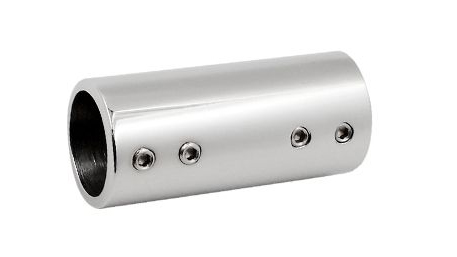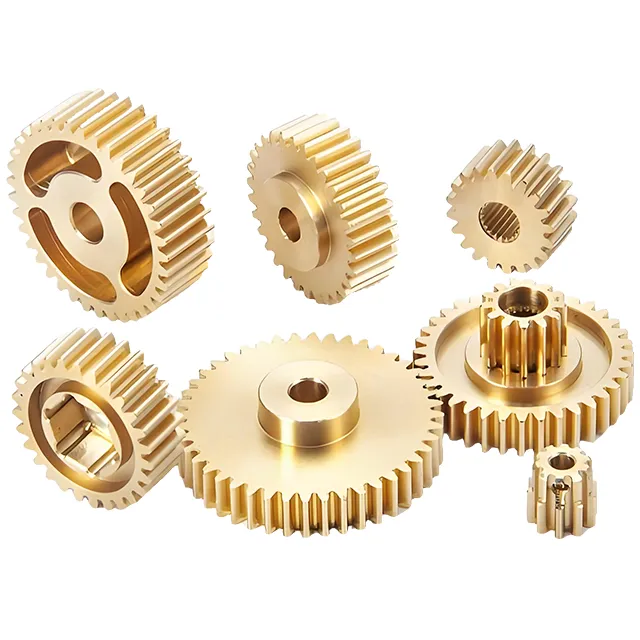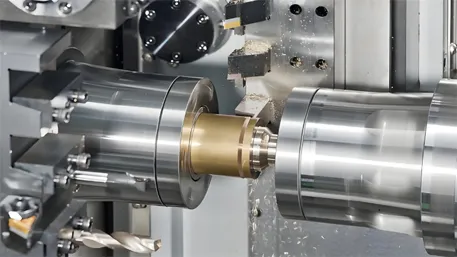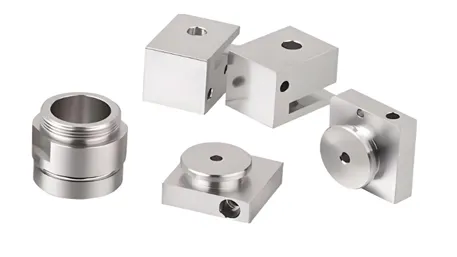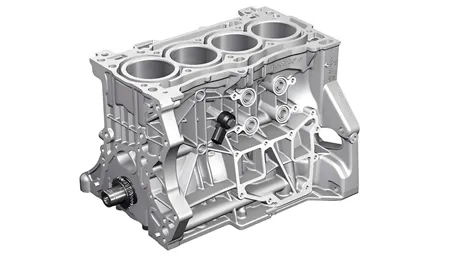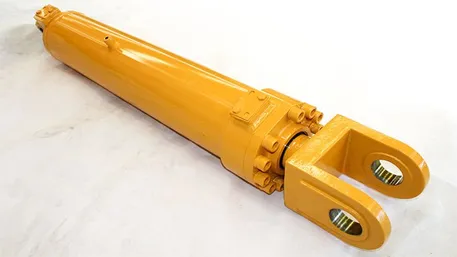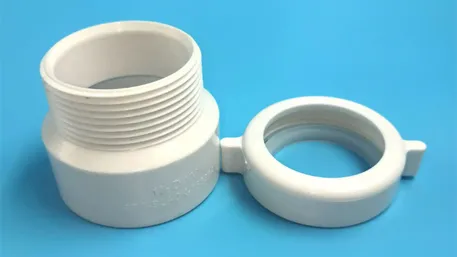In the maritime industry, stainless steel parts are critical components for ensuring vessel safety, reliability, and longevity. From ship engines to offshore structures, the precision, corrosion resistance, and structural integrity of these parts directly impact operational efficiency. CNC (Computer Numerical Control) machining has emerged as the gold standard for crafting high-quality marine stainless steel parts, offering unmatched accuracy and material compatibility. This article explores the technical advantages, material selection, manufacturing processes, quality control, and applications of custom CNC marine stainless steel parts.
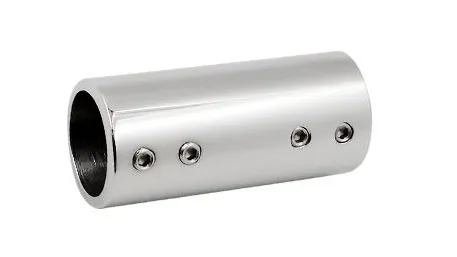
CNC technology revolutionizes marine component manufacturing through three key capabilities:
- Sub-Micron Precision
CNC machines achieve positioning accuracy of ±0.005mm and repeatability of ±0.01mm, with surface finishes as fine as Ra ≤ 0.4μm. For example, marine valve components can be machined to tight tolerances, ensuring leak-free operation under high pressure.
- Complex Geometry Machining
5-axis CNC systems tackle intricate shapes, thin walls (≤0.3mm), and micro features (e.g., 0.5mm holes) that traditional methods cannot. This is critical for components like propeller hubs or pump impellers requiring aerodynamic precision.
- Material Versatility
CNC machining supports marine-grade stainless steels such as 316L, 316Ti, and 304. For 316L (with ≥2% molybdenum), optimized cutting parameters (e.g., low speed, high feed) prevent material hardening, extending tool life by 3x.
Choosing the right stainless steel is critical for marine environments:
- Corrosion Resistance
- 316L Stainless Steel: The industry standard for saltwater applications (PREN ≥ 25), used in submerged parts like ballast valves and hull fittings.
- 316Ti Stainless Steel: Resists crevice corrosion in high-temperature seawater systems, ideal for heat exchangers.
- Mechanical Performance
- 316L offers tensile strength ≥ 515 MPa and elongation ≥ 40%, ensuring durability in high-stress components like engine mounts.
- Cost-Effective Solutions
- 304 stainless steel balances cost and corrosion resistance for non-submerged parts like deck hardware.
CNC technology employs advanced techniques to meet maritime demands:
- Multi-Axis Milling
5-axis milling produces complex surfaces (e.g., propeller blades) with a single setup, reducing errors and improving efficiency by 70%.
- High-Speed Cutting (HSC)
For 304 stainless steel, HSC at 10,000 RPM and 1,500 mm/min feed rate boosts productivity while maintaining surface quality.
- Tool Optimization
Coated carbide tools with high-pressure coolant systems minimize heat during 316L machining, extending tool life by 2x.
Marine parts undergo rigorous testing to meet global standards:
- Dimensional Accuracy
CMM (Coordinate Measuring Machine) ensures critical dimensions (e.g., flange hole patterns) adhere to ±0.01mm tolerances.
- Material Verification
- Spectroscopic analysis confirms alloy composition (e.g., 316L’s 10–14% nickel content).
- Tensile and hardness tests validate mechanical properties (e.g., 316L’s Rockwell B hardness ≤ 95).
- Corrosion Resistance
- Salt spray testing (ASTM B117) ensures 1,000+ hours of protection for submerged parts.
- Passivation enhances 316L’s resistance to chloride attack.
- Engine Systems
- 316L stainless steel manifolds, machined to Ra ≤ 0.8μm, reduce friction and improve fuel efficiency.
- Offshore Structures
- 316Ti brackets for offshore platforms withstand cyclic loading and saltwater exposure, ensuring 20+ years of service.
- Deck Equipment
- 304 stainless steel cleats and hinges, finished with powder coating, provide corrosion resistance at a lower cost.
-
What is the typical precision of CNC marine parts?
CNC machining achieves ±0.005mm tolerance and Ra ≤ 0.4μm finish, meeting ABS and DNV GL standards.
-
How do I choose the right stainless steel?
For submerged applications, select 316L or 316Ti. For cost-sensitive projects, 304 stainless steel is a viable alternative.
-
What is the lead time for custom parts?
Simple parts take 7–10 days; complex components (e.g., propellers) require 15–25 days. Rush orders are available.
-
Can CNC parts meet marine certifications?
Yes. Parts comply with ISO 9001, ISO 13485 (for medical marine), and marine standards like ABS, LR, and DNV GL.
-
How does CNC machining compare to traditional methods?
CNC reduces material waste by 30% and cuts lead times by 40%, while delivering superior precision and consistency.
Request Your Custom Marine Stainless Steel Parts Today!
From engine components to offshore structures, our CNC machining expertise ensures marine-grade stainless steel parts that combine precision, durability, and compliance. Contact us to discuss your project requirements and receive a tailored solution that meets your timeline and budget. Let’s build maritime excellence together!
